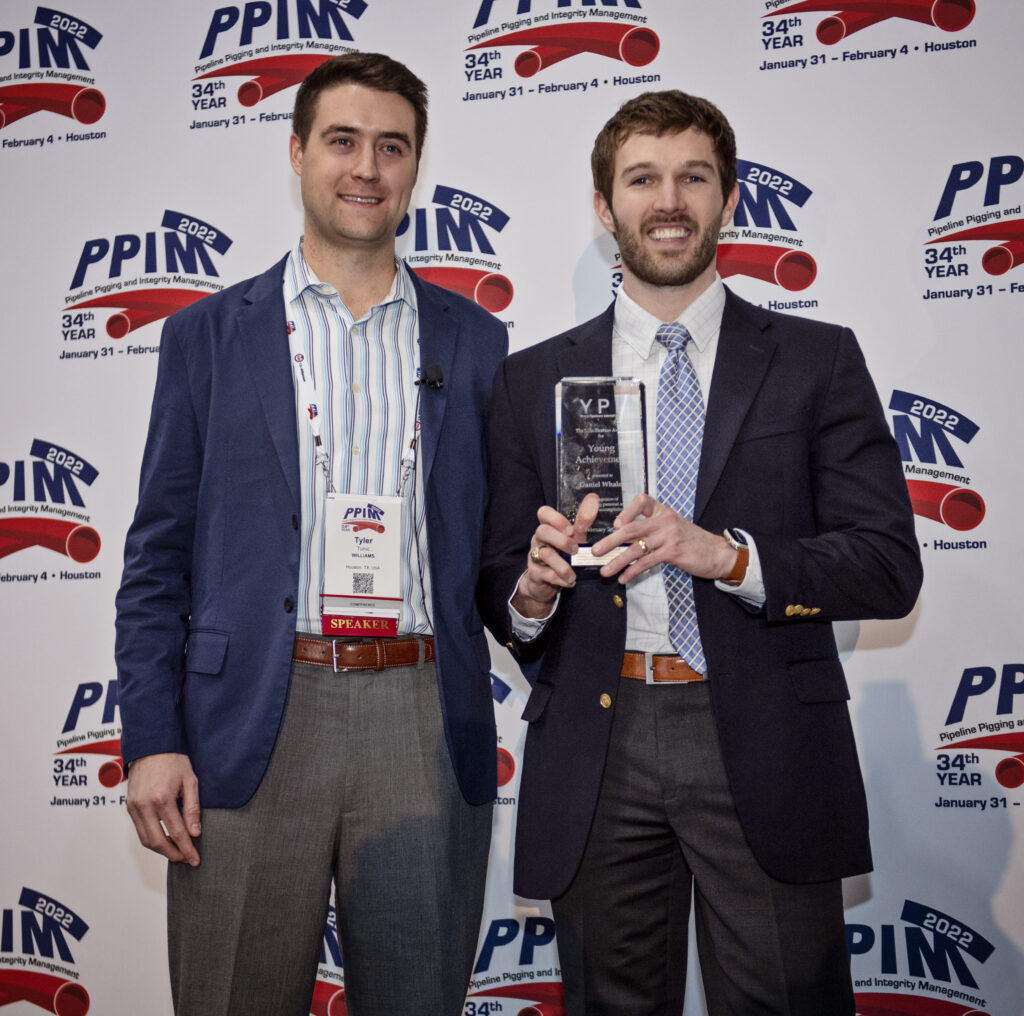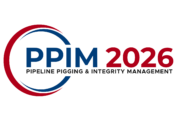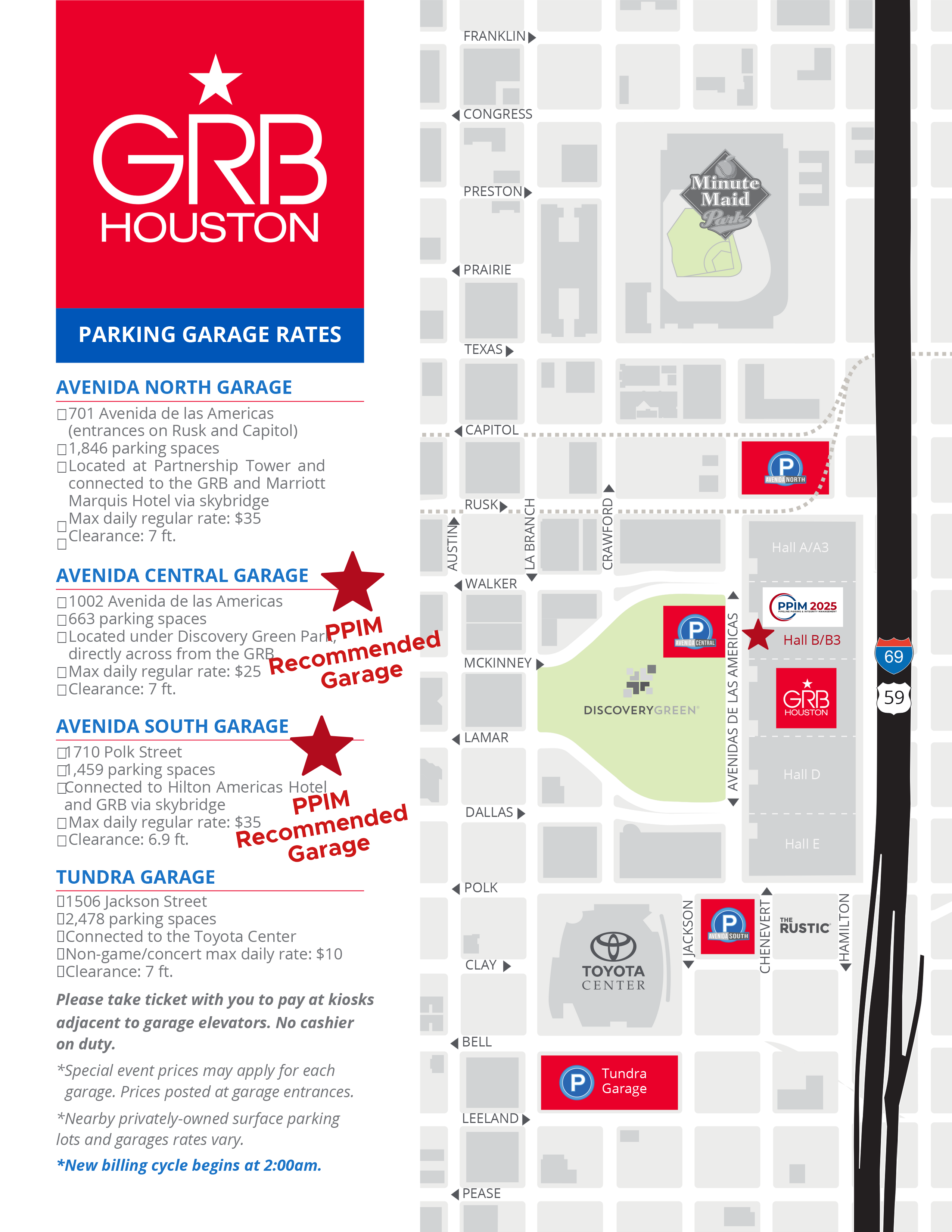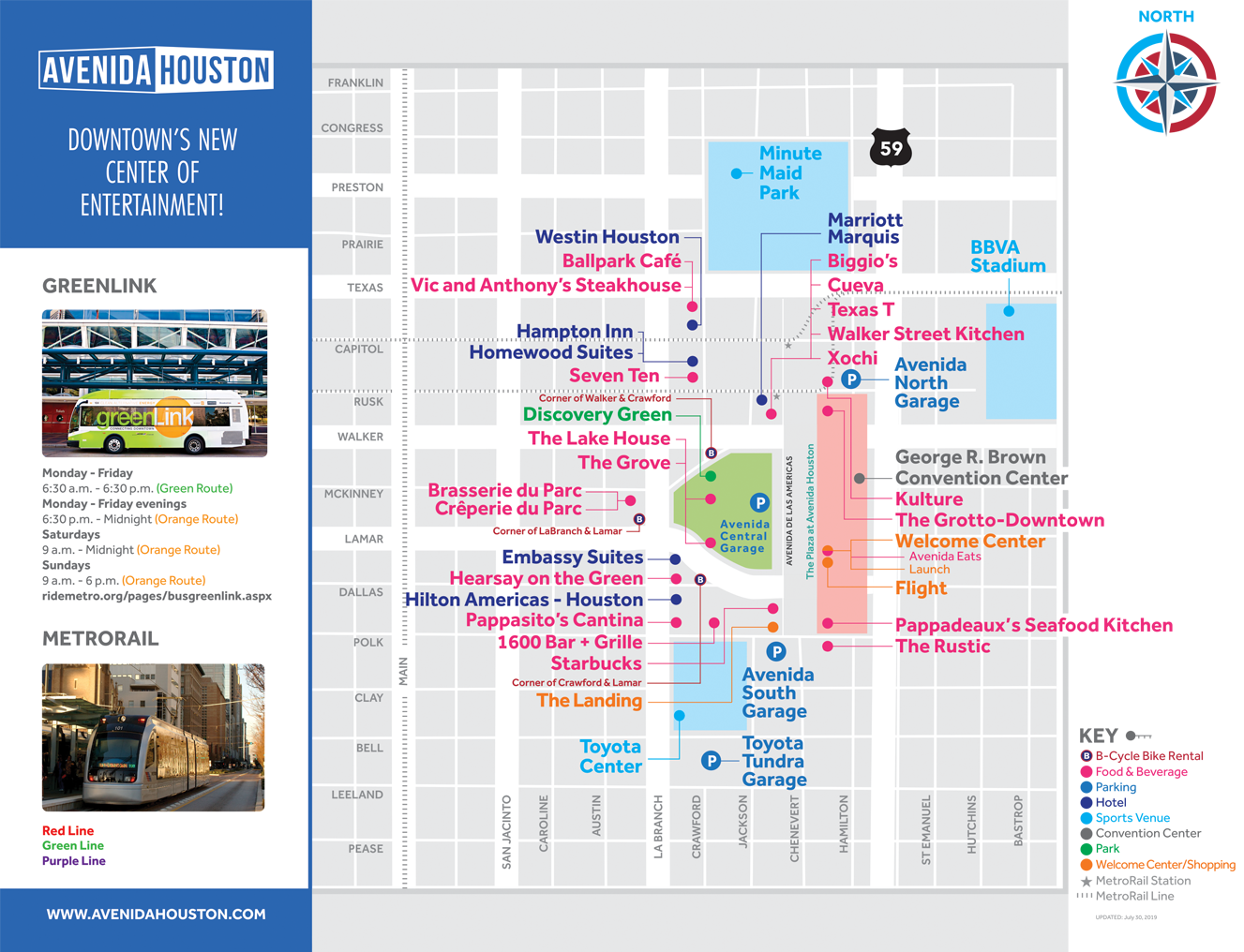124
Interim Results from the JIP Evaluation of Repair Technologies for Circumferential Cracks on Pipelines of the Steel Compression Reinforcement Sleeve; Repair F (PetroSleeve)
Robert Smyth
PetroSleeve, Nisku, Canada
A joint industry project including both industry and government, organized by C-FER, has been undertaken to determine if a non-welded repair technology can be used to repair circumferential defects.
With the development of advanced internal inspection tools, industry is now capable of locating circumferential cracking. Obviously, having developed the ability to locate cracking, industry is required to return the integrity of the defect joint back to its’ original level.
Repair methods currently available include removing the affected pipe section (cut out) or installing a welded steel sleeve around the defect (Type B sleeve). The first case is extremely costly, and the second case introduces additional concerns considering the in-service weld.
Consequently, this JIP was instigated to determine whether a non-intrusive repair such as a wet lay-up, composite fabric, preformed composite coil, steel sleeve, or bolt-on repair sleeve/collar could, when installed, prevent the circumferential crack from extending. This project, broken into 4 phases, consists of the evaluation of current non welded technologies and testing those technologies that have promise to repair circumferential cracking.
Phase 1 consisted of Non-destructive tensile testing. This consisted of, after having researched repair types, inviting potential participants (6) identified as Repair A to Repair F to install their repair technology. Each was to install their repair on three sections of 24" pipe pressurized to 785 psi (5400 kPa). In each case, each participant, separately, installed their repair type. There was no information exchanged between the participants, for all Phases.
Following repair installation, the three 24" vessels were pressure cycled and then put under tension to yield of the pipe parent material.
Phase 2 considered the effect of installation pressure. This consisted of having three of the six participants install their repair technology on seven vessels pressurized at 30%, 50%, and 70% of SMYS. The vessels then were pressurized to various levels, put under tension, and then, at 72% SMYS, put under tension until failure.
Phase 3 consisted of destructive tensile testing with a circumferential flaw. In this phase, the repair types were Vendor 1, Vendor 2, and a type B sleeve. In all cases, the repairs were installed at 50% SMYS, initially exposed to pressure cycling, and then setup for the tensile test. At 72% SMYS (1482 psi; 10,200 kPa) the vessels were put under tension until failure occurred.
Phase 4 consists of a long-term performance of repairs test. In this test two participants are involved. The test vessels will be put under tension and load, to simulate field conditions. Phase 4 commenced August 2024, with one of the participants having installed their repair on three 12" vessels pressurized to 1030 psi (7100 kPa) and each containing an 80% circumferential crack.
One of the technologies that was selected for testing was the Steel Compression Reinforcement Sleeve (Repair F) that is participating in Phase 4.
This paper describes the JIP, as it pertains to the Steel Compression technology.
KEY WORDS
circumferential cracking, non-welded repair, testing, repair technologies





